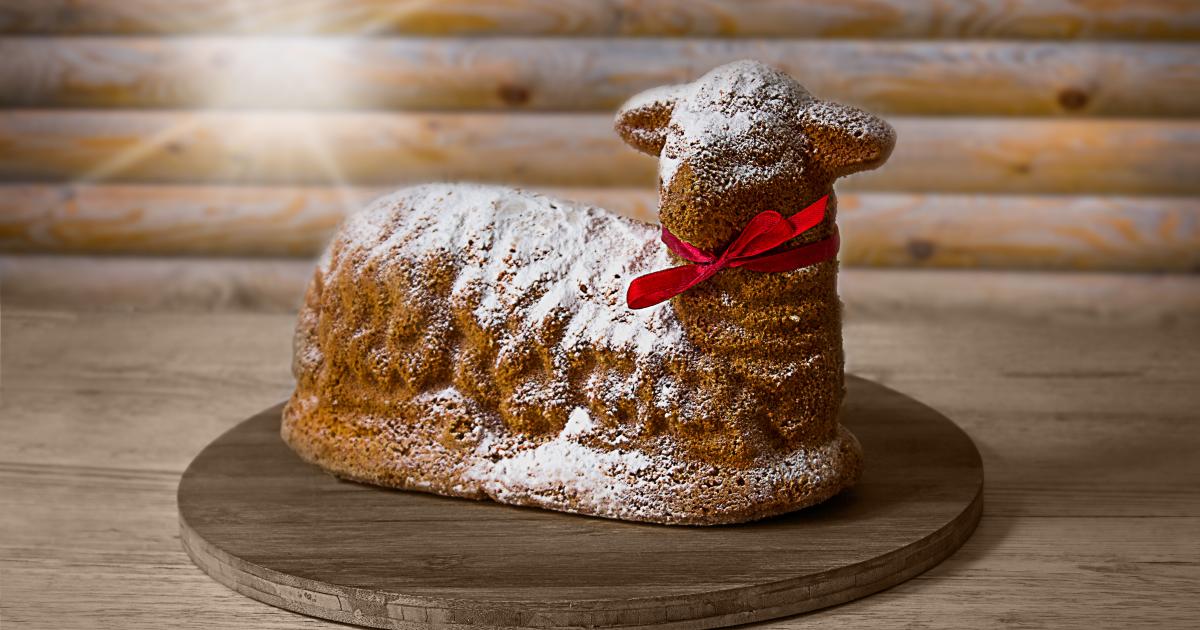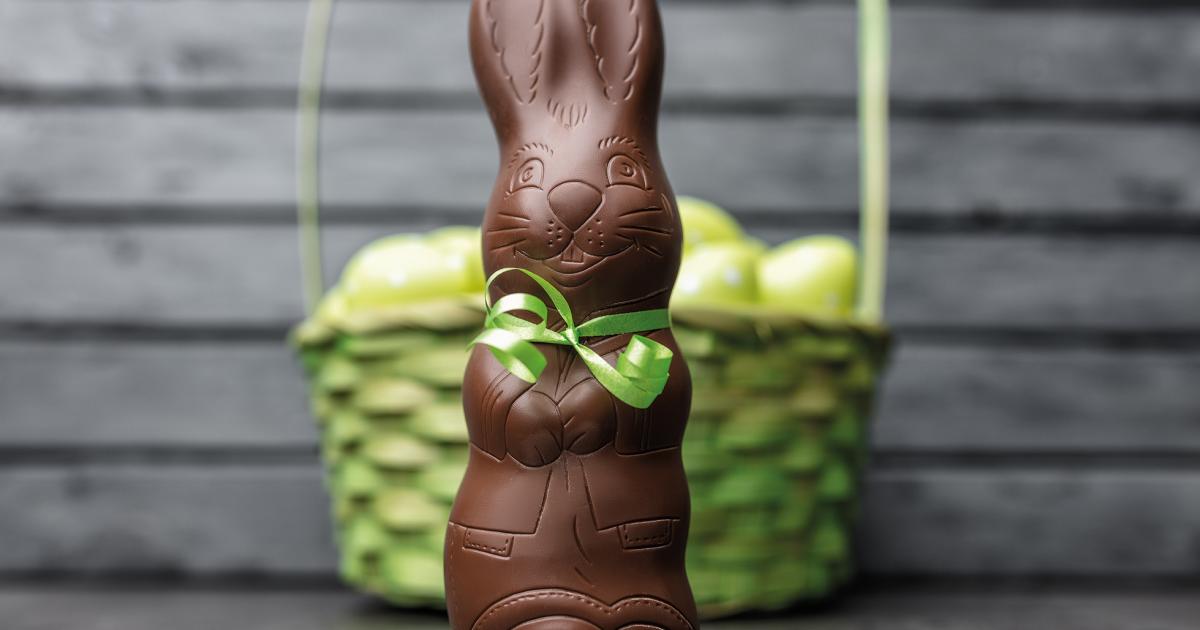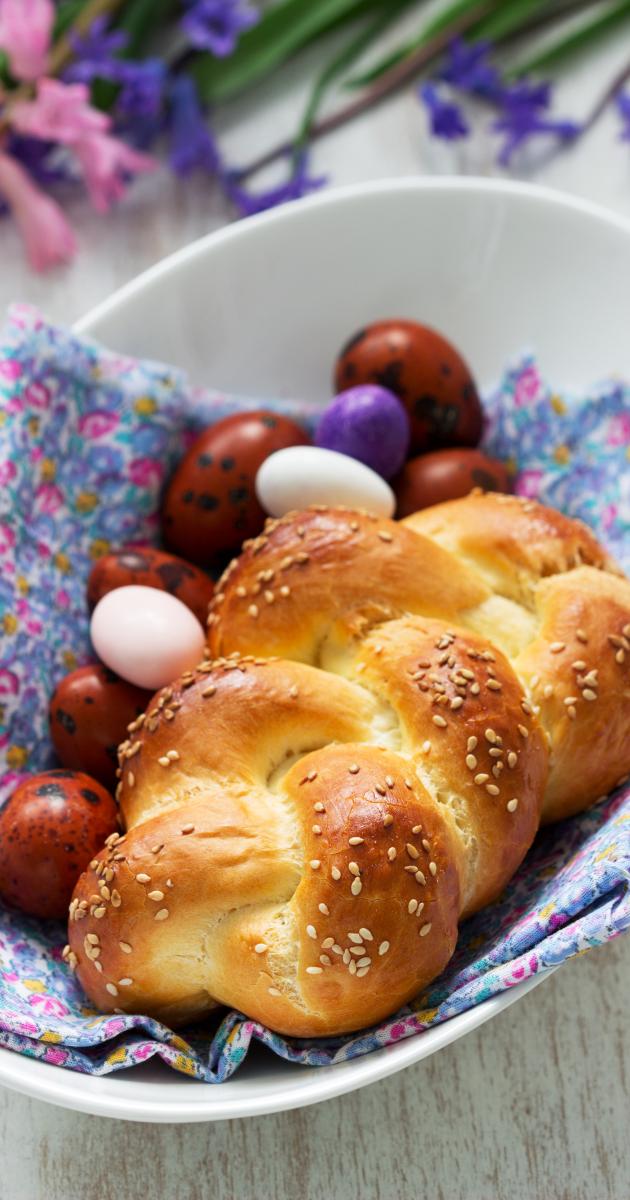
Easter symbolism - tradition and meaning
Easter in Poland is full of symbols carrying deep religious and cultural significance. Each of them refers to different aspects of celebrating Christ's resurrection and the awakening of spring. Let's take a closer look at the most important Easter symbols.
the Lamb** - a sign of sacrifice and victory The Easter Lamb symbolizes Christ, who, according to the Bible, was sacrificed for the sins of mankind. In Catholic tradition, it often appears in the form of a figurine made of sugar or bread, decorated with a red flag as a sign of victory over death.
Egg - symbol of life and rebirth The egg has been a symbol of new life and hope for centuries. In Christianity, it signifies the resurrection of Christ. The tradition of painting eggs, or Easter eggs, dates back to pagan times and is popular in many countries. The color red symbolizes the blood of Christ, gold and silver stand for glory and divinity, and green for hope.
Easter bunny - harbinger of spring The Easter bunny is a symbol of fertility and the renewal of nature. Although its origin is not closely related to Christianity, in many countries it brings sweets and Easter eggs to children, becoming a joyful part of the holiday traditions.
Chicken - rebirth and new life The yellow chicken is another symbol of Easter, referring to new life and rebirth. Hatching from an egg, the chick reminds us of Christ's resurrection and the hope of new beginnings. It is also a symbol of spring and waking nature.
Easter palm - triumph and blessing Easter palms are a symbol of Jesus' entry into Jerusalem, when people greeted Him with palm branches. In Poland, palms are often made of willow branches, boxwood and flowers. Consecrated on Palm Sunday, they are meant to protect homes and ensure blessings.
Bread and salt - gifts of hospitality and abundance The Easter table must not lack bread and salt. Bread symbolizes the body of Christ and God's protection, and salt symbolizes purification and the permanence of faith. These are also the traditional elements of the holy of food on Holy Saturday.
Water - purification and new life Water has a cleansing and renewing meaning, reminding us of baptism and spiritual rebirth. Easter Monday marks the celebration of Śmigus-Dyngus, the custom of dousing with water, which symbolizes joy and spring rebirth.
Easter symbols combine deep spirituality and tradition, emphasizing the essence of the holiday as a time of rebirth and hope. Each of them reminds us of the victory of life over death and the joy of a new beginning. These traditions make Easter a special time full of reflection, family warmth and joyful celebration.













